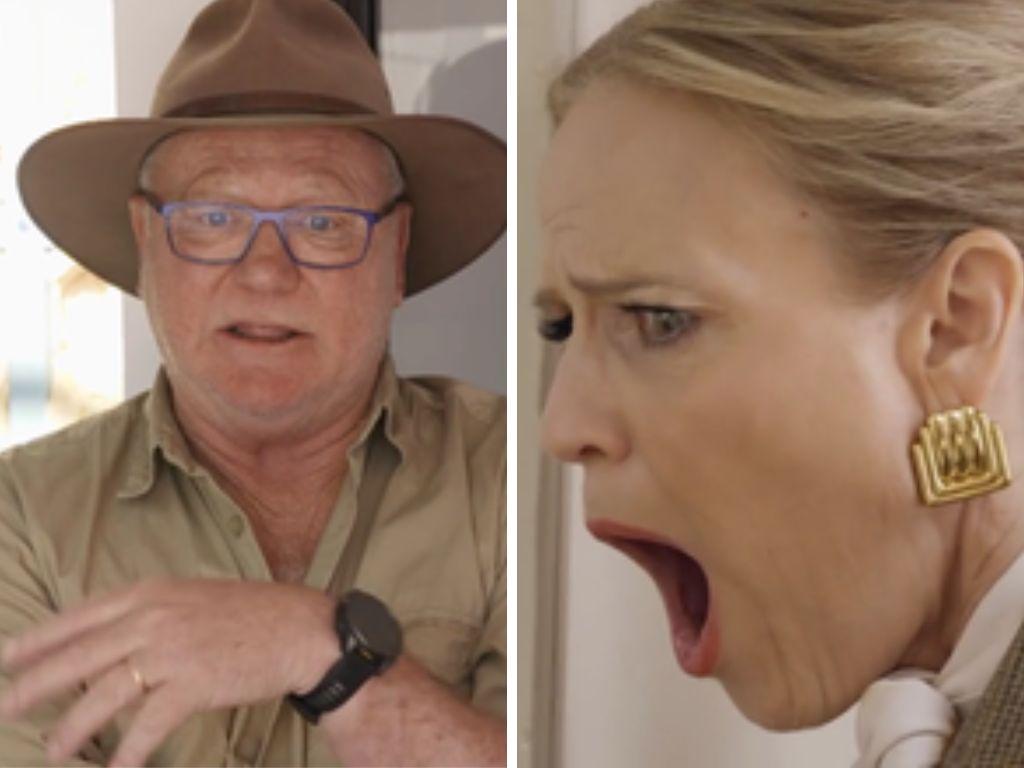
Millionaire stars of the popular Australian reality show “The Block” are earning six- and seven-figure salaries, while the contestants who contribute their hard work and creativity earn a modest $100 per day. This stark contrast in earnings has sparked discussions about pay equity and the true value of reality TV exposure.
Leading the salary pack is host Scott Cam, who earns a staggering $2.4 million annually, translating to approximately $48,000 per episode. This impressive figure cements his position as one of Australia’s wealthiest television presenters. Co-host Shelley Craft, on the other hand, is estimated to earn between $500,000 and $750,000 per season. Former foreman Keith Schleiger, who stepped back after 16 seasons, was believed to have earned between $250,000 and $300,000. His successor, Dan Reilly, is expected to earn between $150,000 and $200,000.
Judges’ Salaries and Their Impact
In comparison, the judges on “The Block” are paid more modestly. Long-time panellists Shaynna Blaze and Darren Palmer reportedly earn between $60,000 and $100,000 per season. Newcomer Marty Fox, founder of Whitefox, is said to earn between $2,000 and $3,000 per episode. However, Fox has claimed that his role on the show has provided his business with over $250,000 in free advertising, with client leads tripling after his first season.
Former judge Neale Whitaker, who left the show after 13 years, was also in the $70,000 to $100,000 salary bracket. Industry insiders suggest that his move to Seven’s “My Reno Rules,” which begins filming this month, came with a more lucrative offer, believed to be around $150,000.
Contestant Pay: A Financial Gamble
While the stars of “The Block” enjoy substantial paychecks, the contestants, affectionately known as Blockheads, are at the bottom of the financial ladder. Each contestant is paid just $100 a day, amounting to approximately $16,800 per couple over the 12-week build. Prominent Melbourne buyers advocate Cate Bakos described this stipend as “below minimum wage” when considering the hours worked.
“If that was the industry standard, it would be shocking,” Ms. Bakos said. “Contestants aren’t just chasing the money, they’re chasing the platform. For those who can leverage it into media or design careers, the exposure can be worth more than the daily pay.”
She also noted that the unpredictable auction results on the show do not reflect Melbourne’s real estate market, stating, “The way the bidding unfolds just doesn’t mirror the real world. It’s produced for entertainment, not a snapshot of the auction scene.”
The Broader Implications
M R Advocacy director and mortgage broker Madeleine Roberts agreed that the financial gamble for contestants is significant. “Mortgages, childcare, day-to-day bills don’t stop just because you’re on TV,” Ms. Roberts said. “Unless you’ve got savings behind you, the financial strain could be crippling.”
Ms. Roberts also highlighted the salary disparity between Scott Cam and Shelley Craft, questioning the pay equity in television. “Both Scott Cam and Shelley are the faces of the show. They’re equally visible, equally recognized, yet his salary is miles ahead. It definitely raises questions about pay equity in television,” she said.
The Real Pay-Off: Career Opportunities
Despite the financial challenges, the real payoff for many contestants lies in the visibility and career opportunities that “The Block” provides. “For many, The Block is less about a cheque at auction and more about launching a career,” Ms. Roberts added. “You might not win the auction, but you win credibility and future opportunities.”
The discussion surrounding the salaries of “The Block” stars and contestants highlights broader issues within the television industry, including pay equity and the value of exposure. As the show continues to captivate audiences, these conversations are likely to persist, prompting further examination of the financial dynamics in reality TV.





